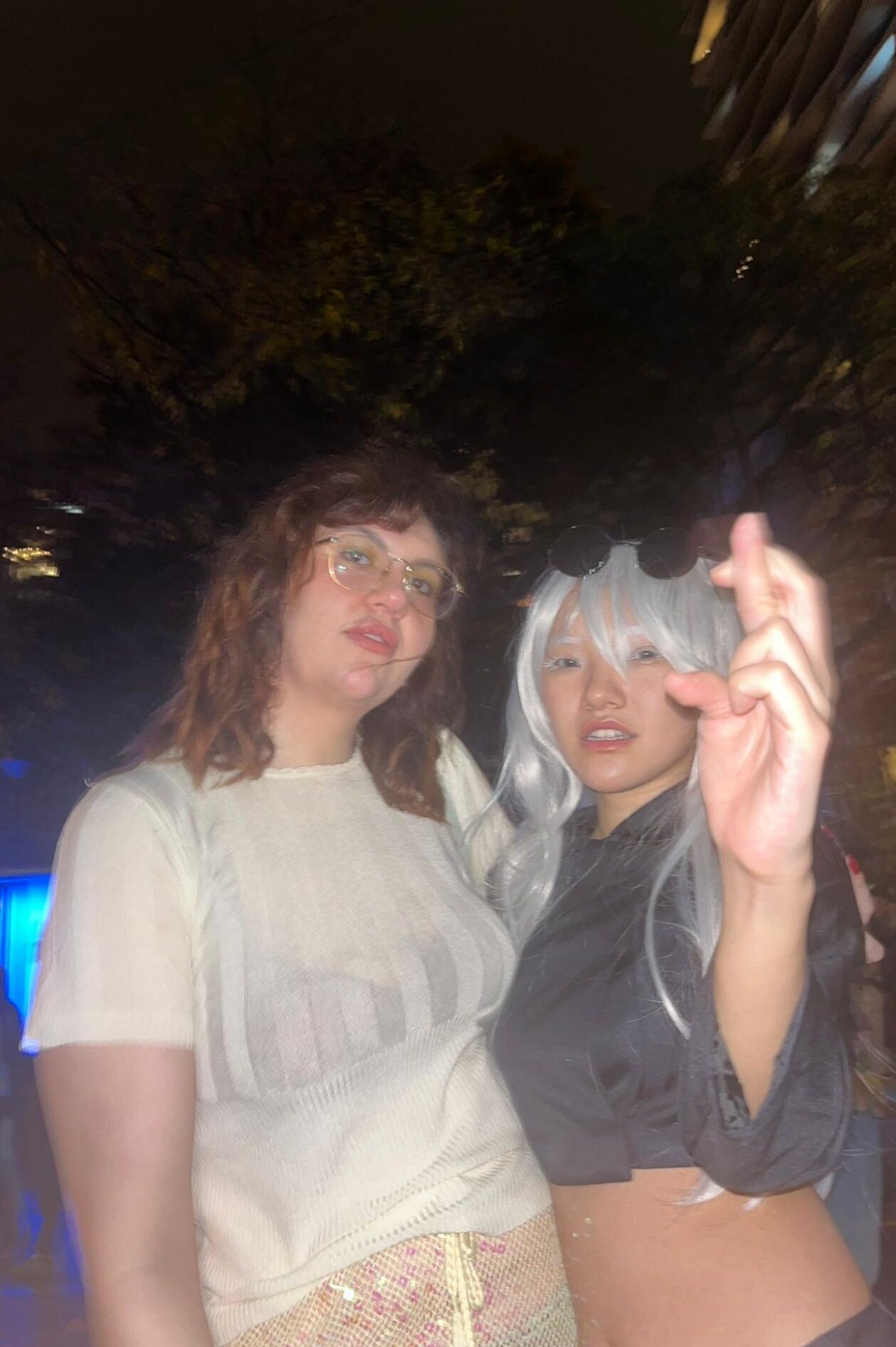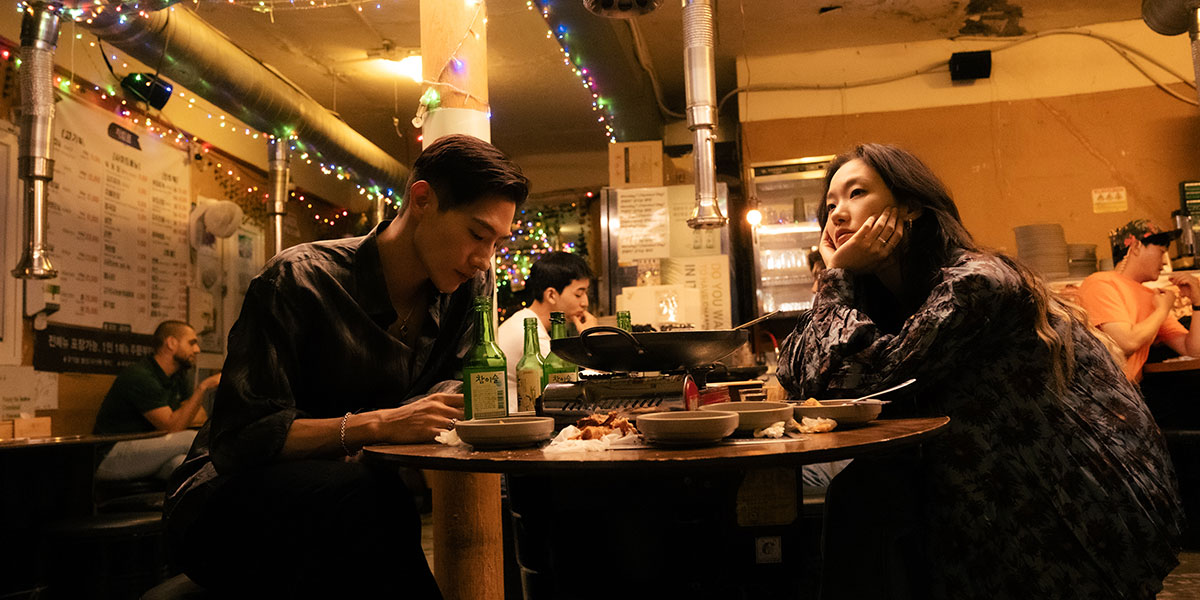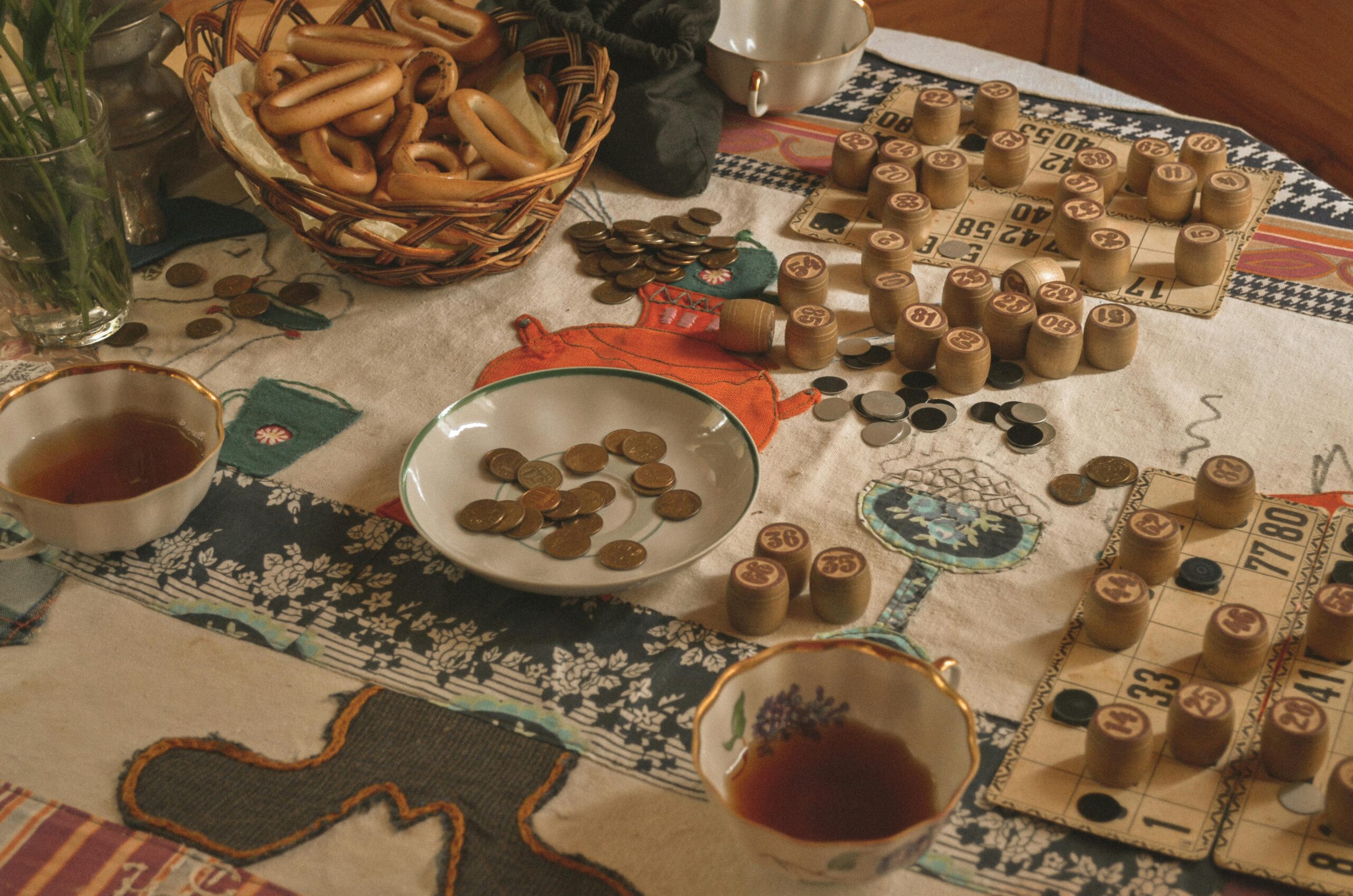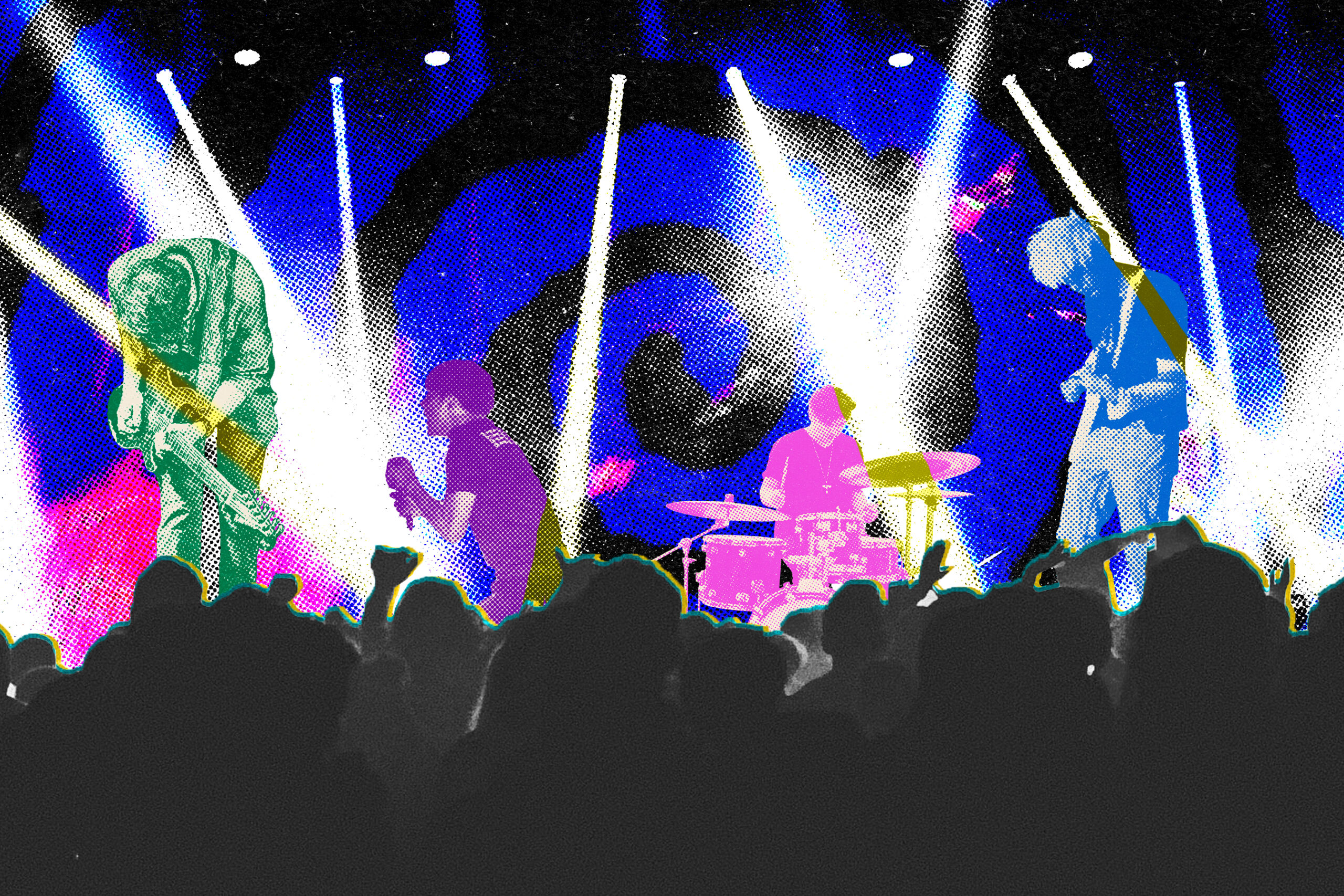How Toronto photographers are carrying on the legacy of the traditional medium
By: Madeline Liao

One evening in September 2018, Wendy Vu battled the chaos of Toronto’s Union Station and hopped on a GO bus, travelling an hour to meet up with a mysterious Facebook Marketplace seller. She sat at the front of the bus’s top floor, accompanied by a beautiful sunset on the way to Hamilton for the first time.
Filled with worry and fear about meeting this stranger, she sat in the station, wondering if the back-and-forth messages between her and the seller would turn out to be a scam. Fortunately, Vu met a man holding a grocery bag full of his film camera collection, which she bought for $300. Initially selling for $400, she had negotiated the price, rationalizing her travel efforts. The seller agreed, just wanting to get rid of his collection. After she got home, Vu said she didn’t test the cameras and just priced them to sell at her first photography pop-up shop in a couple of days.
While selling those cameras that day was an impulse decision, they sold out immediately. “That’s when it sparked for me,” Vu said as her eyes lit up at the memory. “I was like, people are interested in film, people want to try it.”
Photography has been around since the 19th century, with innovators like Nicéphore Niépce and Louis Daguerre revolutionizing the medium. Kodak, a familiar name in the photography world, released the first analog camera in 1888. Technology has advanced far beyond that time— photography is now as easy as the click of an iPhone button. However, film is still alive, and a niche community of film photographers exists even with digital technology.
A new generation of analog photographers has taken the traditional medium and continued to honour it in a new age. For instance, there are currently nearly 24 million Instagram posts under the hashtag #FilmIsNotDead. And the top five videos under the YouTube search “analog photography” were all uploaded within the last three years.
Film offers photographers a chance to immerse themselves in the intricacy of taking—and later developing—a picture. From the dimness of the darkroom to the rhythmic motion of winding film in the camera, the practice doesn’t just stop at the shutter button; the suspense of developing and waiting to see how your photo turns out encompasses the feeling of shooting film.
“We want people to enjoy the experience of film photography more than we want to profit off it.”
“You’re with it every step of the way physically,” Vu said when asked why she favours analog over digital. “And the digital is all digital, there’s just no life to feel.” Vu said she has a personal relationship with film photography—it has helped her through her struggles in her teenage years and allowed her to cherish memories she might have otherwise forgotten.
After the pop up shop’s success, Vu began collecting as many film cameras as she could to distribute to others. A year later, on Sept 26. 2019, Vu and her partner Sarah Delano launched Choose Film, an Instagram business that sells refurbished film cameras for an affordable price. Now with over 2,000 followers, their cameras have often been sold within five minutes of posting. In December 2022, the pair also released their own custom-designed point-and-shoot film camera. Vu proudly spoke about their business and how it has grown. What started as a side hustle is now something they see becoming a full-on store and film lab five years down the line.
“[Our] motto has always been ‘making analog photography accessible and affordable,” said Delano. “We want people to enjoy the experience of film photography more than we want to profit off it.” Delano said their selling approach has attracted many beginner photographers and opened the door to a broader community of film photographers in the city.
Over 100 years after Kodak’s release, analog cameras have become collectors’ items, with vintage cameras auctioning for as high as millions of dollars, like the Leica 0-series no. 105.
However, vintage treasures are not the only part of analog photography. Today, companies like Kodak and Lomography are developing new models, and point-and-shoot cameras are often available at thrift stores—where Vu and Delano source many of their products. Kodak is even hiring new film technicians to keep up with the demands of film production. Cameras are also passed down through generations, with current photographers like Kaela Leone carrying on the legacy of their parents and even grandparents.

Leone, a Toronto-based digital and analog photographer, grew up with film photography and even had a darkroom in her childhood home. While the memory is fuzzy, she remembers the space being nearly completely dark, with a small red light bulb on the ceiling illuminating from above. The darkroom was a haven for her dad, who would go from his day job as an engineer to spending nights developing photos. Leone said this process was mind-blowing for her, watching her dad put strips of film in the chemical solution and process his images into prints.
“It was just kind of this like sacred space to him that I would like only ever really peek into,” she said, looking back on these fond memories of her home. Now a professional photographer, Leone is making these memories tangible for a living.
Although she was always aware of analog photography, she didn’t “plunge into it” until her partner’s godmother gave her an old Minolta camera three years ago. Since then, she has incorporated it into her professional and personal photography, something she said helps her become more intentional and thoughtful than digital photography’s ease.
“I know this one shot is going to cost me $1.50,” she said, laughing awkwardly. “[But] getting film scans back is like Christmas morning.” For Leone, the excitement of waiting for scans from a lab is part of why she loves analog.
She spoke animatedly about the “magic” of film photography. Even though she uses both digital and analog in her work, she tries to push for film with many projects because she thinks it’s more personal and lets her and her clients “take a deep breath” during the photoshoot.
“It’s the intentionality behind it that I think is so amazing. I haven’t felt that in a lot of areas in my life since I was a kid,” Leone said. Like Vu, who has made a business selling analog cameras, Leone has shaped a large part of her life around her passion for film photography.
Vu looked back on her memories with a sad smile, knowing she hasn’t been able to shoot film in a while. Increasing costs and low supply have stopped her from using film regularly. She mentioned how a pack of Kodak Gold 200 film has doubled in price compared to the $11 plus tax just a few years ago—and that’s if you can even find it in stores. She said she can’t justify spending money on film casually when she doesn’t have a motive for using it, such as a photoshoot. Although she hasn’t shot film regularly for a few years, she knows that her love of it will always be there. She finds it “uplifting” that she can rely on her passion through her business and interacting with other photographers in the city.
By connecting with fellow film aficionados and building that sense of community, she knows she can fall back onto her passion even if she hasn’t touched the shutter button for some time.
Through events like “photo walks,” a significant part of Toronto’s photography community, and attending local art markets, Vu said she feels a sense of familiarity and connection with the medium that she thinks will be a part of her forever.





